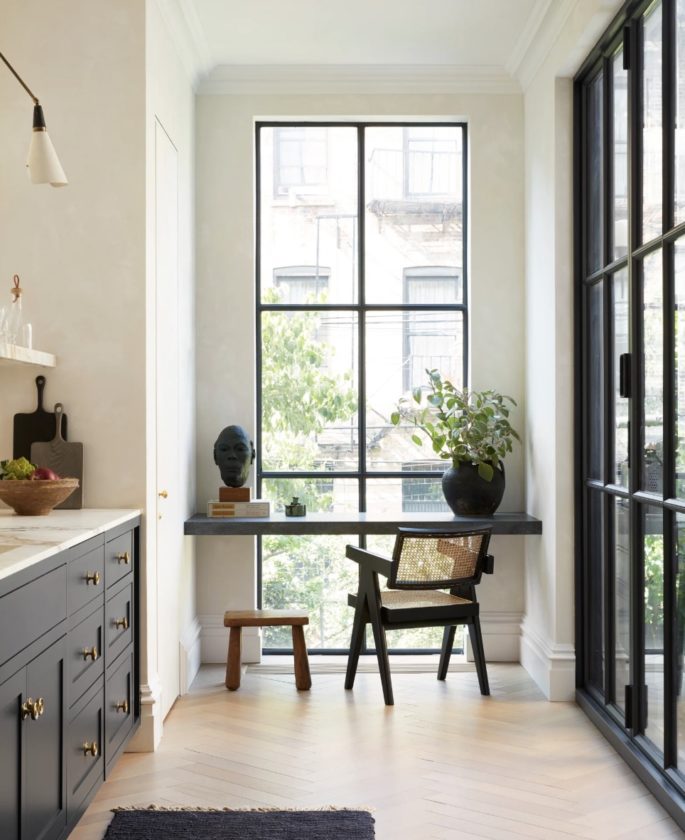What’s the best way to work effectively from home? That has suddenly become an urgent question as employers around the world tell their staff to work remotely in an effort to stem the spread of the new coronavirus. Here’s some advice. Read more, ‘How Corona Virus Will Change Our Homes In The Next Decade.’
Keep the Same Schedule
Start out by sticking to the same schedule as when you went into an office. Try to get up at the same time, and do all the things you would typically do to get ready for work. Make sure you’re thinking about how you’re going to structure your day similarly to how you did before. Read more, ‘The Home Lockdown Guide: How To Prepare For Coronavirus Quarantine.’
So if you made a to-do list every morning, make the to-do list. If you checked in with the same person every morning, check-in with that person.
Set Boundaries
Pick a spot for your office. It doesn’t have to have a door, but it should be away from distraction. You don’t need an expensive setup. The boundaries you set up also pertain to other people who may be sharing the same space.
This will be especially important if a partner or flatmate is also working from home or children’s schools are closed. If kids are given assignments to do at home, they can work alongside their parents as if they were coming to the office with you. (The effectiveness of this may vary, depending on your children’s ages and needs.)
Create the Right Environment
Make sure you have all the tools you need: The right laptops, network access, passcodes and instructions for remote login. Minimize distractions and noises from others in your household. Read more, ‘Melissa’s Ultimate Guide to Decorating.’
Separate your workspace from your personal space as much as possible.
Use noise-cancelling headphones. On conference calls, mute your microphone when you aren’t speaking. If video conferencing, be mindful of what the camera is picking up behind you.

Separate your workspace from your personal space as much as possible such as Anthea Calderone’s does with her home office in the kitchen of her Brooklyn, NYC townhouse. Image via ArchitecturalDigest.com
Keep in Touch
Use digital collaboration tools to communicate with colleagues. Schedule group meetings by video conference and set up group chats via programs like Zoom or Microsoft Teams.
If email is leading to a misunderstanding, pick up the phone and have a conversation.
Talk with your manager about child-care challenges. If you’re asked to work from home and your children’s school or daycare shuts down, that might affect your ability to do remote work during normal business hours. In some cases, children may be old enough to fend for themselves. But younger children will need more attention. One possibility might be to set up shifts at home, where one parent works remotely and the other parent cares for the child, and then they switch.
Take steps to improve your internet speed. You may encounter slowdowns during periods of heavy use, like when you’re trying to work from home while your children are watching videos or playing games. Move as close as possible to your Wi-Fi router.
Prepare for Isolation
Fight the feeling of isolation. While you want to minimize distractions from your family members or flatmates, you also want to avoid feeling like you are alone all day. Maintaining a social connection is tricky while trying to create social distance to stave off the virus. But there are ways to maintain your mental health: Call people on the phone, Facetime or videochat, and break up the day with time in the garden or some exercise. Some employers have also begun offering online resilience training to address the challenges of working from home during the outbreak.
Schedule Breaks
Treat meals and stretch breaks as you would any other meeting: That means putting it on your list or calendar, at least to start. If your commute used to include walking, and now you have no reason to leave the house, you might forget to move.
When you suddenly lose the pace of your day, everything can start to blend together.
You may be used to relying on cues from your workplace (i.e., other people) to remind you to get up and stretch or get lunch. And while going to the gym may be out of the question, you may be able to walk outside while still practicing social distancing, or use workout videos online or on-demand to give yourself some kind of workout.
Put Work Away
For those who are used to working in an office, the evening commute is often a way to end the workday and begin home life. It’s important to continue to make the same transition, even if you’re just moving from one spot on the sofa to the other. Put your work materials and your laptop away (or just shut work applications if you want to use your computer for something else. This is crucial right now because you’re already being challenged in terms of your personal resources. You still have to take that recovery time from work.


